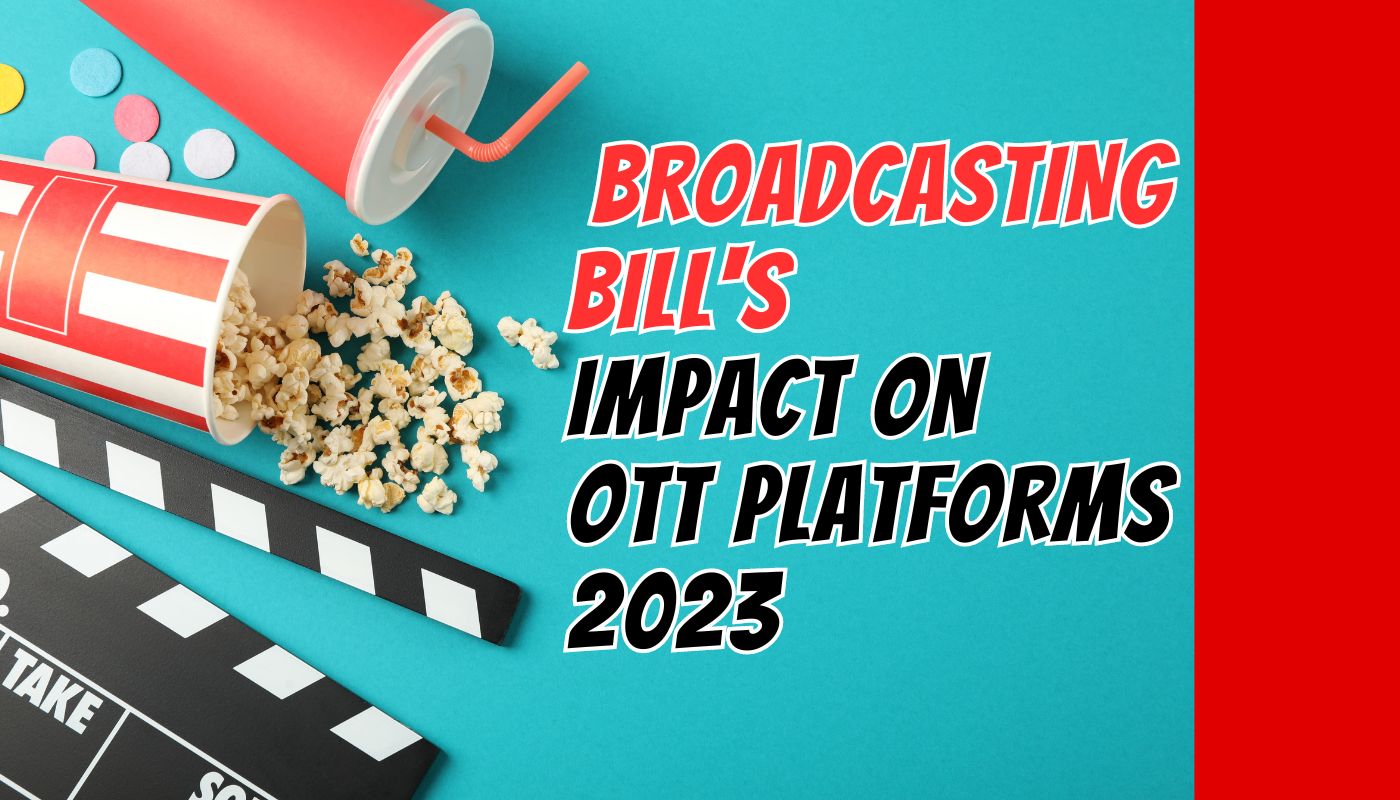India’s Over-the-Top (OTT) industry has witnessed phenomenal growth in recent years, driven by factors such as increasing internet penetration, affordable data plans, and a growing preference for personalized and on-demand content. The Indian OTT market is expected to reach a staggering $3.5 billion by 2027, highlighting its immense potential and contribution to the media and entertainment sector.
Current OTT Landscape in India
The Indian OTT market is home to a diverse range of players, including domestic giants like Zee5, SonyLIV, and JioCinema, as well as international majors such as Netflix, Disney+ Hotstar, and Amazon Prime Video. These platforms offer a vast library of content, catering to diverse genres, languages, and regional preferences.
Key OTT Players and Their Revenues
- Netflix: With over 6.4 million subscribers in India, Netflix is one of the leading OTT platforms, generating revenue of approximately $1 billion in 2022.
- Disney+ Hotstar: Disney+ Hotstar boasts over 40 million subscribers, making it the most popular OTT platform in India. Its revenue reached an estimated $1.2 billion in 2022.
- Amazon Prime Video: Amazon Prime Video has gained significant traction in India, with over 20 million subscribers. Its revenue in 2022 is estimated to be around $500 million.
- Zee5: Zee5, a homegrown OTT platform, has over 10 million subscribers and generated revenue of approximately $250 million in 2022.
- SonyLIV: SonyLIV, another major Indian OTT player, has over 9 million subscribers and generated revenue of around $200 million in 2022.
Impact of the Broadcasting Services (Regulation) Bill, 2023
The proposed Broadcasting Services (Regulation) Bill, 2023, is expected to have a significant impact on the Indian OTT industry. While the bill aims to streamline regulatory processes and promote responsible content, it also raises concerns regarding potential restrictions on creative freedom and the ability of OTT platforms to innovate.
Positive Impacts
- Streamlined Regulatory Processes: The bill’s consolidation of regulations is expected to reduce regulatory hurdles and simplify compliance for OTT platforms.
- Content Standards and Self-Regulation: The introduction of content codes and self-regulatory mechanisms could promote responsible content practices and protect consumer interests.
Potential Concerns
- Restrictions on Creative Freedom: The bill’s provisions on content regulation could raise concerns about potential restrictions on creative expression and artistic freedom.
- Impact on Innovation: Overly stringent regulations could hinder the ability of OTT platforms to experiment, innovate, and cater to evolving consumer preferences.
Navigating the Regulatory Landscape**
OTT platforms will need to carefully navigate the evolving regulatory landscape and ensure compliance with the new guidelines while balancing creative freedom and innovation. Open dialogue and collaboration between industry stakeholders and policymakers will be crucial in shaping a framework that fosters responsible growth and preserves the dynamic nature of the OTT industry.





